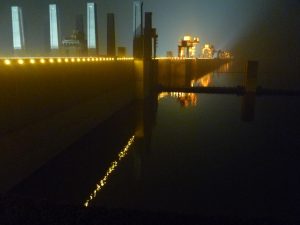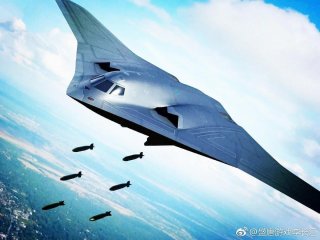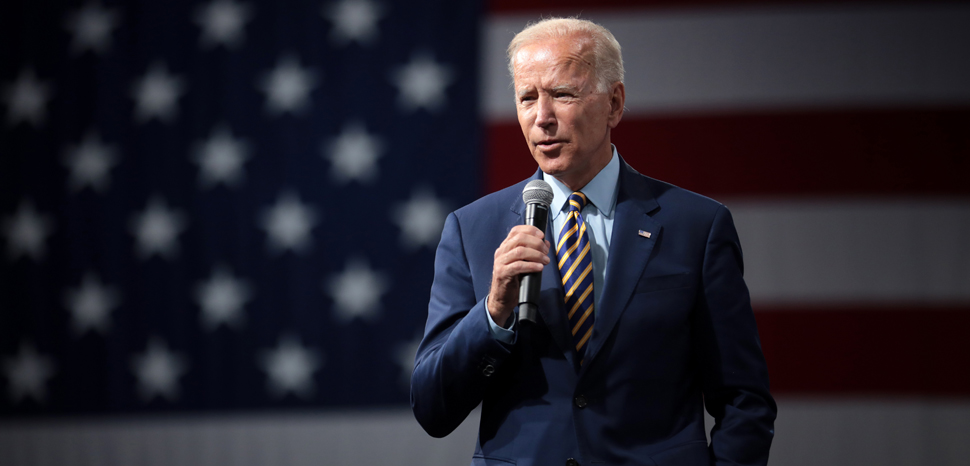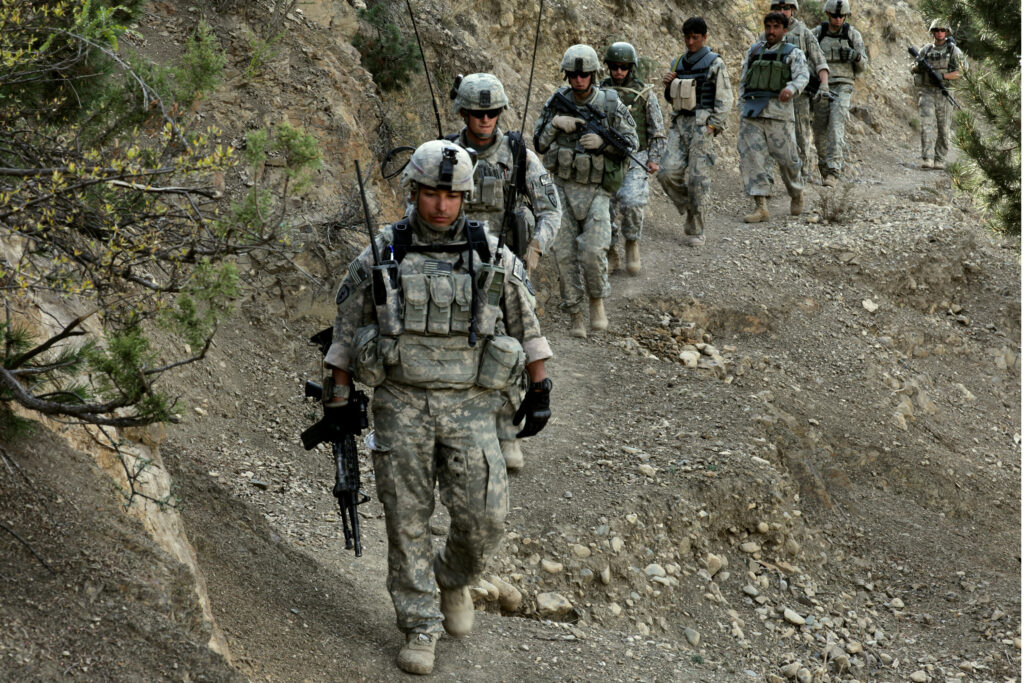By Sudha Ramachandran

China’s plans to build a hydropower dam across the Yarlung Zangbo River in Medog County in the Tibet Autonomous Region has evoked concern in India and Bangladesh, the lower riparian countries.
Indian officials are warning that China could use the dam to control the flow of the river’s water into northeast India, either shutting off water supply to create a scarcity or suddenly releasing it to trigger flash floods. In Bangladesh, experts fear that China could be damming the water to divert it, causing water scarcity downstream.
The Yarlung Zangbo runs eastward through southern Tibet for around 1,600 kilometers and then swerves southward at the Great Bend to enter India. In India, it flows through the states of Arunachal Pradesh, where it is known as Siang, and Assam, where it is called the Brahmaputra, before flowing into Bangladesh. After being joined by the Ganga in Bangladesh, it empties its waters into the Bay of Bengal.


















